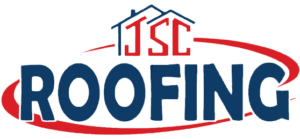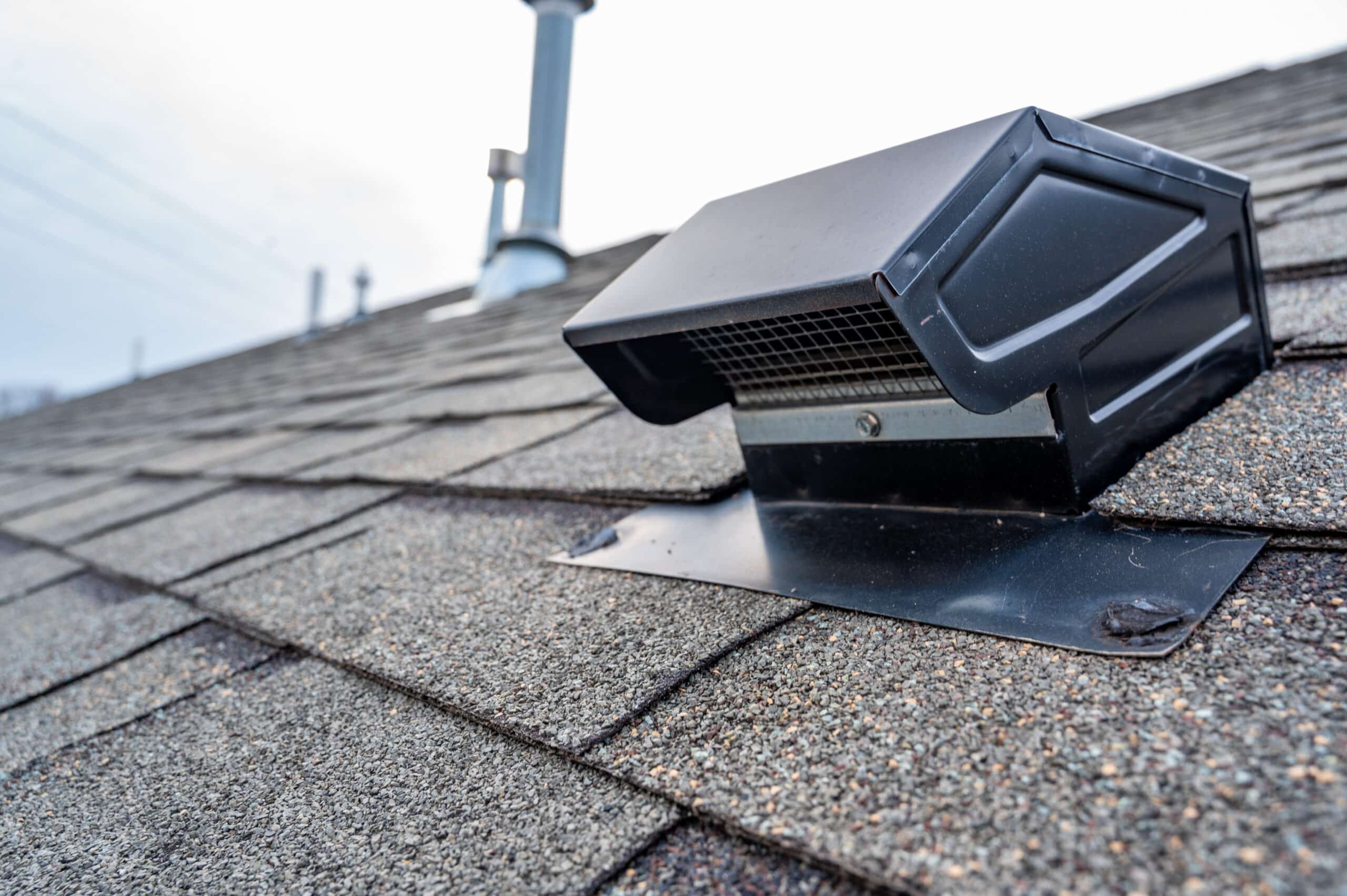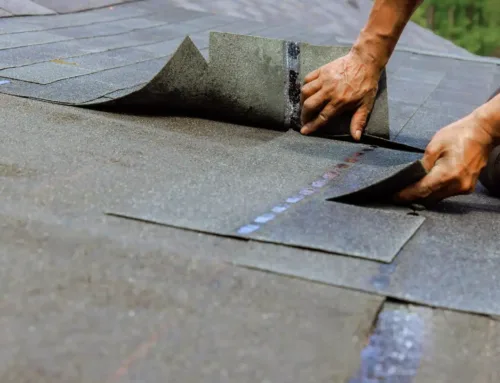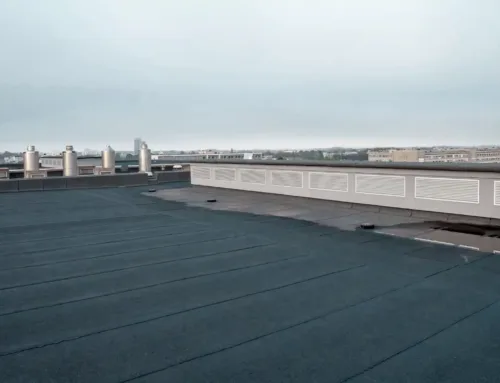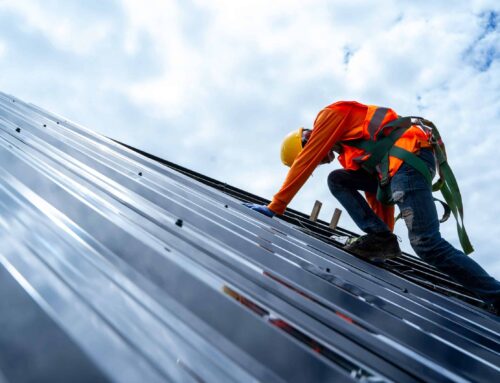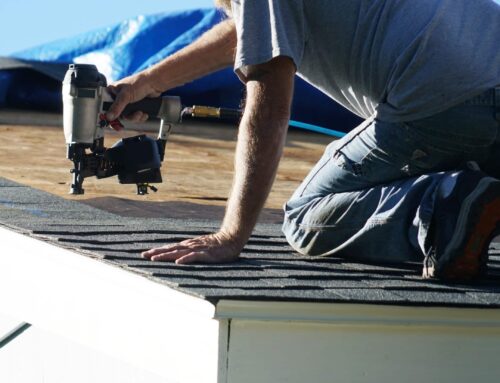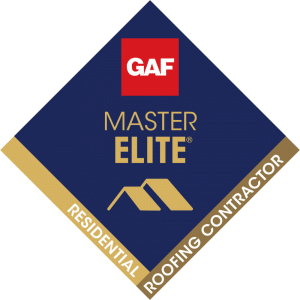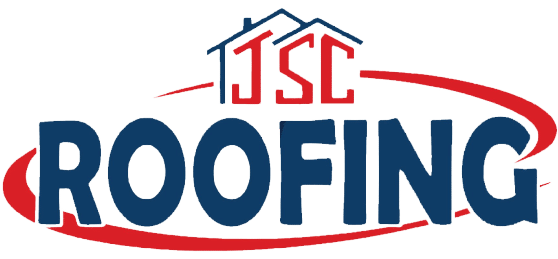Your roof is a critical component of your home’s protection, and regular maintenance is essential to ensure its longevity. While professional inspections are recommended, homeowners can also take proactive steps to assess their roofs. In this guide by JSC Roofing, we provide valuable tips for a DIY roof inspection, helping you identify potential issues and maintain the health of your roofing system.
Why DIY Roof Inspections Matter
Regular DIY roof inspections offer several benefits:
1. Early Problem Detection: Detecting issues early can prevent minor problems from escalating into major repairs.
2. Cost Savings: Addressing minor issues promptly can save you money by preventing the need for costly emergency repairs.
3. Peace of Mind: Knowing the condition of your roof allows you to rest easy, confident in your home’s safety and protection.
4. Extending Roof Lifespan: Regular inspections and maintenance can extend your roof’s lifespan, postponing the need for replacement.
DIY Roof Inspection Tips
1. Safety First: Prioritize safety by using a sturdy ladder and wearing appropriate footwear. Avoid inspecting your roof during adverse weather conditions.
2. Visual Examination: Start with a visual examination of your roof from the ground. Look for signs of missing, cracked, or damaged shingles.
3. Binoculars: Use binoculars to get a closer look at your roof without the need to climb up. This can help you spot issues more effectively.
4. Check Gutters: Inspect your gutters for shingle granules, which could indicate deteriorating shingles. Clear out any debris to ensure proper drainage.
5. Attic Inspection: Head to your attic and look for signs of leaks, water stains, or mold growth. These indicators suggest potential roof issues.
6. Flashing Examination: Check the flashing around chimneys, vents, and skylights. Damaged or missing flashing can lead to leaks.
7. Moss and Algae: Look for moss or algae growth, as these can trap moisture and damage your roof over time.
8. Check Roof Valleys: Roof valleys are prone to leaks. Examine these areas closely for signs of wear or damage.
9. Evaluate Shingle Condition: Inspect your shingles for curling, cracking, or blistering. These are signs of aging and deterioration.
10. Inspect Ventilation: Check that your vents are clear of debris and functioning properly. Proper ventilation prevents moisture buildup.
11. Interior Inspection: Assess your ceilings and walls for water stains, peeling paint, or bubbling wallpaper – signs of water damage.
12. Energy Bill Review: If your energy bills are increasing unexpectedly, it could indicate insulation or ventilation issues that affect your roof’s health.
When to Call Professionals:
While DIY inspections are valuable, some issues require professional attention. Contact JSC Roofing if you notice:
- Severe damage or sagging
- Multiple damaged shingles
- Extensive leaks or water infiltration
- Roof issues beyond your expertise
Empowering Homeowners
A DIY roof inspection empowers homeowners to take an active role in maintaining their roofs. While these inspections are valuable, professional assessments provide a comprehensive and expert analysis. At JSC Roofing, we’re dedicated to helping you ensure the health and longevity of your roofing system. Whether through DIY checks or professional evaluations, your commitment to roof maintenance ensures a secure and well-protected home.
Ready to learn more about roof maintenance or schedule a professional inspection? Contact JSC Roofing today for guidance and expertise in maintaining your roofing system.
